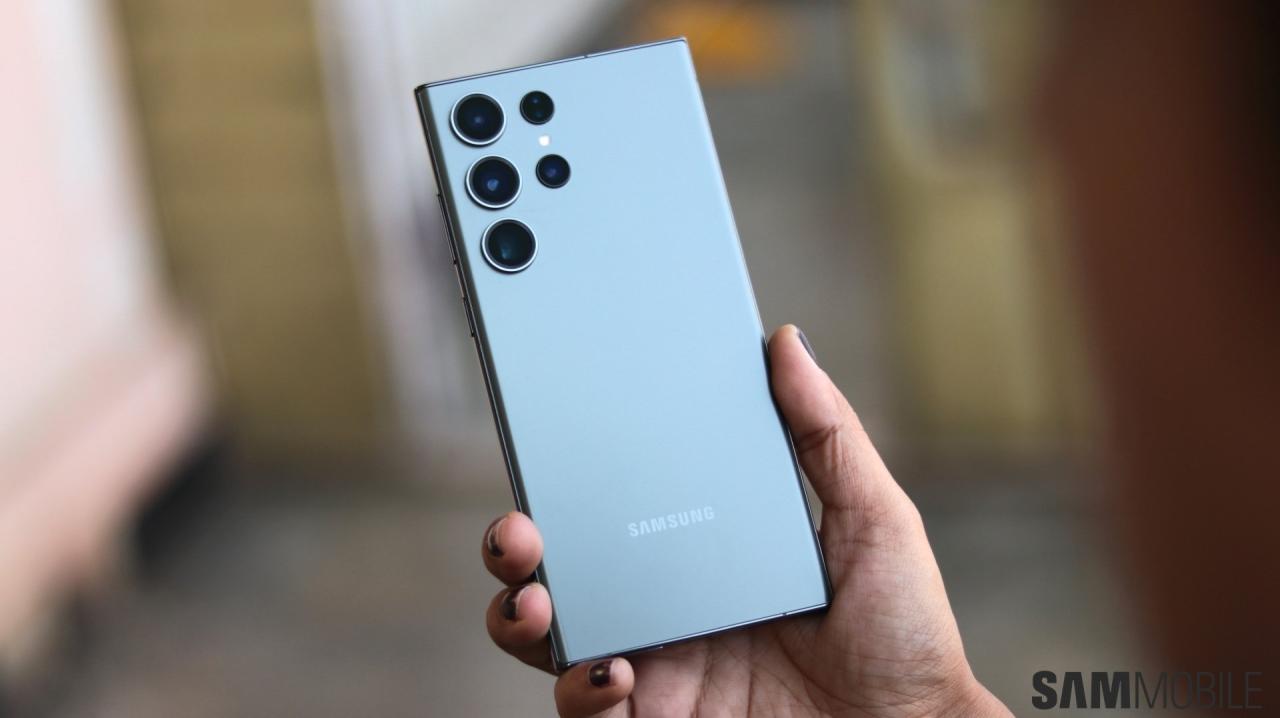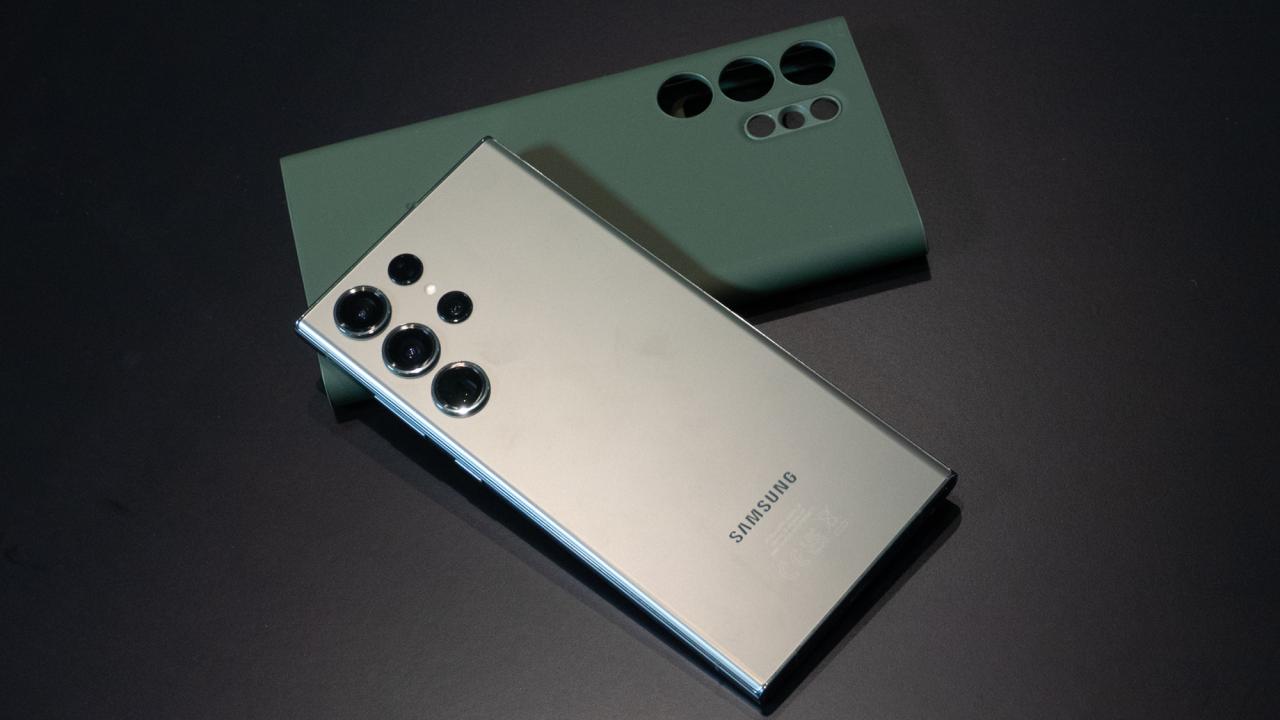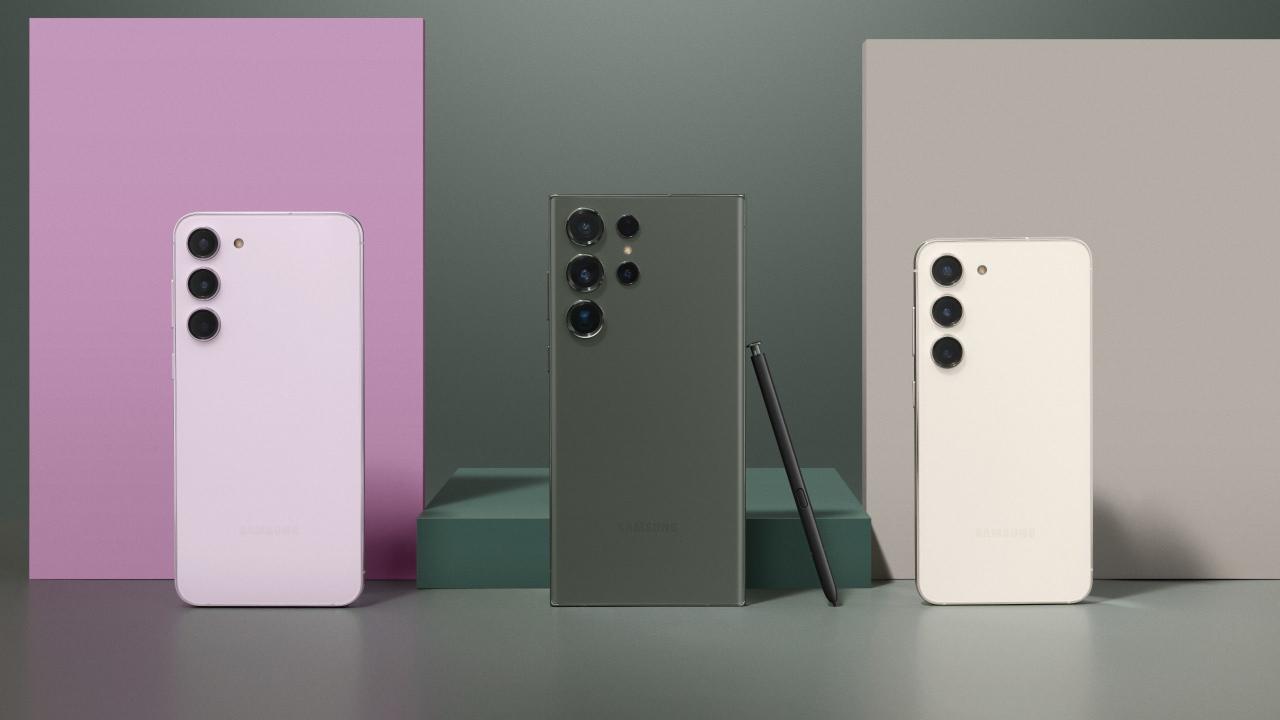samsung galaxy note 7 stands as a remarkable yet controversial chapter in smartphone history, capturing the attention of tech enthusiasts and consumers alike. Launched with groundbreaking features such as an expansive display, powerful performance, and an integrated stylus, it quickly gained popularity, only to be marred by significant safety concerns. With its launch heralded as a major advancement in mobile technology, the subsequent recall due to battery issues transformed the narrative into one of caution and reflection.
This device not only showcased Samsung’s innovation but also highlighted the crucial importance of safety in technology. As the Galaxy Note 7 saga unfolded, it left an indelible mark on the brand’s reputation and forced the industry to reevaluate product assurance standards. Understanding the Galaxy Note 7’s journey reveals the complexity of consumer electronics in a rapidly evolving market.
Historical Overview of Samsung Galaxy Note 7

The Samsung Galaxy Note 7, launched in August 2016, was a significant entry in the Note series, known for its premium features and innovative technology. It was designed to merge the functionality of a smartphone with the productivity tools of a tablet, but its journey was marred by controversy that would overshadow its initial acclaim.
The development of the Galaxy Note 7 began shortly after the launch of its predecessor, the Galaxy Note 5. Samsung aimed to enhance the user experience by integrating advanced features and refining its design. The device was officially announced on August 2, 2016, and released shortly thereafter. It featured several major specifications at its launch, setting high expectations among consumers.
Key Features and Specifications
The Galaxy Note 7 was equipped with a variety of features that distinguished it from other smartphones available at the time. These specifications highlighted Samsung’s commitment to innovation and performance in the smartphone market:
- Display: The device boasted a stunning 5.7-inch Quad HD Super AMOLED display, providing vibrant colors and deep blacks, perfect for multimedia consumption and productivity tasks.
- Processor: Powered by the Exynos 8890 or Snapdragon 820, the Note 7 delivered top-of-the-line performance, ensuring smooth multitasking and gaming experiences.
- Camera: The smartphone featured a 12MP rear camera with dual pixel technology, allowing for fast autofocus and high-quality images even in low light conditions.
- S Pen: The integrated S Pen offered enhanced productivity features, including improved pressure sensitivity and the ability to create GIFs and take notes on the display.
- Water Resistance: The Galaxy Note 7 was IP68 rated, making it water and dust resistant, a feature that appealed to users with active lifestyles.
- Battery: Initially, it came with a 3,500 mAh battery, which was designed to support a full day of use while also supporting fast charging capabilities.
The market reception for the Galaxy Note 7 was largely positive during its initial launch, with many tech enthusiasts and consumers praising its design and innovative features. Reviewers lauded the device for its display quality, camera performance, and S Pen functionalities. For instance, a notable tech publication described it as “the best smartphone of 2016,” emphasizing its blend of productivity and entertainment features.
“The Galaxy Note 7 was hailed as a masterpiece of engineering, replete with features that set a new standard in the smartphone market.”
However, the excitement was short-lived as reports of battery issues began to surface, leading to a global recall just weeks after its release. Despite the initial praise, the Galaxy Note 7’s legacy was ultimately defined by this controversy, significantly impacting Samsung’s reputation and the smartphone industry as a whole.
Technical Issues and Safety Concerns
The Samsung Galaxy Note 7 was initially hailed as a revolutionary smartphone with its cutting-edge features and design. However, it soon became notorious for its technical issues, specifically concerning battery safety, leading to a massive recall that significantly impacted the company’s reputation.
The most pressing concern surrounding the Galaxy Note 7 was its battery, which was found to be prone to overheating and, in some cases, catching fire. This issue stemmed from two separate battery manufacturers, with design flaws that allowed the batteries to short-circuit. As reports of incidents began to surface, including devices igniting during charging or even in pockets, Samsung faced mounting pressure to address these safety hazards. In September 2016, the company announced a global recall of approximately 2.5 million devices, urging customers to stop using the phone immediately.
Steps Taken by Samsung to Address Safety Concerns
In response to the safety issues, Samsung implemented several measures aimed at regaining consumer trust and ensuring the safety of its products. The actions taken included:
- Product Recall: The immediate recall of all Galaxy Note 7 devices was initiated, allowing customers to exchange their devices for a new one or receive a full refund.
- Enhanced Testing Procedures: Samsung established more rigorous testing standards for batteries, implementing an 8-point safety check that included inspection for physical damage, battery performance, and temperature management.
- Communication and Transparency: The company committed to keeping customers informed throughout the recall process, providing updates and safety information via multiple channels.
- Identification of Root Causes: An internal investigation was launched to identify the reasons behind the battery failures, leading to the conclusion that both design and manufacturing faults contributed to the overheating incidents.
These steps reflected Samsung’s recognition of the severity of the issues and its commitment to customer safety.
The technical problems encountered by the Galaxy Note 7 had far-reaching implications for Samsung’s reputation. Prior to these events, Samsung was regarded as a reliable leader in the smartphone market. However, the recall and subsequent incidents led to a significant decline in consumer confidence. According to consumer sentiment analyses conducted shortly after the recall was announced, there was a notable drop in positive perceptions of the brand, with many potential buyers expressing hesitation to invest in Samsung products.
The repercussions were not limited to consumer trust; multiple stakeholders, including investors and partners, began to reassess their associations with the company.
The financial impact was also profound. The recall cost Samsung an estimated $5.3 billion, contributing to a dip in its market value. This situation underscored the critical importance of product safety in the tech industry and set a precedent for how manufacturers must prioritize customer safety and quality assurance in their products.
Market Impact and Aftermath

The fallout from the Galaxy Note 7 incidents had significant repercussions not only for Samsung but also for the smartphone industry as a whole. The combination of product recalls, safety concerns, and public relations challenges created a complex scenario that required a multifaceted response from the company. Understanding the financial implications and strategic responses sheds light on how Samsung navigated this turbulent period and its long-term implications for the Galaxy Note series.
Financial Consequences for Samsung
The Galaxy Note 7 crisis led to substantial financial losses for Samsung, impacting its reputation and market position. The company was forced to recall approximately 2.5 million devices globally, incurring direct costs estimated at around $5.3 billion. Additionally, lost sales during the recall period contributed to a significant drop in revenue for Samsung’s mobile division. Analysts projected a decrease in operating profit by approximately 30% for the quarter when the recall was announced, underscoring the severe impact on its financial performance.
“In terms of market capitalization, Samsung’s shares fell by over 8% during the crisis, showcasing investor concerns over brand trust and product safety.”
The company also faced increased scrutiny from regulatory agencies, which further heightened the costs associated with the incident. The compounding effect of these factors raised questions about Samsung’s long-term viability in the premium smartphone market.
Response Strategies Compared to Other Tech Companies, Samsung galaxy note 7
Samsung’s handling of the Galaxy Note 7 situation can be contrasted with responses from other technology companies that faced similar crises. For instance, when Apple encountered battery-related issues with its devices, the company’s response included a transparent communication strategy, emphasizing user safety and ensuring customers were well-informed throughout the process.
Samsung, in its case, implemented a multi-step approach that included:
- Immediate Recall: Promptly issued a worldwide recall to mitigate further incidents.
- Communication: Engaged in extensive public relations efforts to restore consumer trust.
- Refund and Replacement: Offered refunds and replacements to affected customers, a strategy aimed at customer retention.
While Samsung took aggressive measures to address the crisis, the overall execution faced criticism, particularly regarding the speed and transparency of their communication efforts. This experience highlighted the importance of proactive customer engagement in crisis management.
Long-term Implications for the Galaxy Note Series
The aftermath of the Galaxy Note 7 incident led to a reevaluation of Samsung’s product strategy, particularly concerning the Galaxy Note series. The brand faced a dual challenge: restoring consumer confidence while ensuring the safety of future products.
Future iterations of the Galaxy Note series adopted stricter quality control measures and rigorous testing protocols, including enhanced battery safety standards. Moreover, Samsung shifted towards integrating innovative features that emphasized user experience and functionality to differentiate itself in a competitive market.
“The Galaxy Note series’ evolution post-crisis reflects an industry-wide shift toward prioritizing safety and reliability as core values.”
These strategic adjustments not only aimed to regain market share but also served to redefine Samsung’s identity in the smartphone market, positioning it as a leader in innovation while prioritizing customer safety. As a result, the lessons learned from the Note 7 incident profoundly influenced Samsung’s approach to product development and marketing in subsequent years.
Consumer Reactions and Brand Loyalty

The Samsung Galaxy Note 7 was initially celebrated as a high-end smartphone featuring cutting-edge technology. However, the subsequent recall due to safety issues brought about a complex web of consumer reactions that not only highlighted individual experiences but also raised significant questions regarding brand loyalty to Samsung.
The Galaxy Note 7 incident was a pivotal moment that tested the resilience of Samsung’s brand reputation. Many users had developed strong emotional attachments to their devices, resulting in mixed feelings once the recall was announced. As consumers grappled with the implications of these safety concerns, their testimonials painted a picture of disappointment, fear, and, in some cases, a re-evaluation of their loyalty to the brand.
Consumer Testimonials
A number of users expressed their sentiments regarding their experiences with the Galaxy Note 7 before the recall. These testimonials reflect a range of emotions, from admiration for its innovative features to frustration over safety concerns. Here are some notable testimonials:
“Before the recall, my Note 7 was my favorite phone. It was fast, had an amazing display, and I loved the S Pen. I felt let down when I heard about the explosions, but I still trust Samsung.”
“I was really excited about the Note 7; it was a step up from my previous phone. The recall news made me nervous, and I ended up switching to another brand. It just felt too risky.”
These testimonials showcase the varying levels of trust and loyalty among consumers following the incident.
Impact on Customer Trust
The events surrounding the Galaxy Note 7 significantly affected customer trust in Samsung. Despite the company’s efforts to address the safety issues through recalls and replacements, many consumers were left questioning the reliability of Samsung products. The impact on brand perception was profound, with mixed reactions observed across different demographics and regions.
A survey conducted after the recall indicated that a considerable percentage of former Galaxy Note 7 users had reservations about future Samsung purchases. The safety issues raised fundamental concerns about quality control and product safety, which are critical factors for consumers when selecting a device.
User Opinions on Brand Perception Shift
The Galaxy Note 7 experience prompted a reevaluation of how users perceive Samsung as a brand. Many consumers reported a shift in their attitudes, with some expressing a newfound caution when considering Samsung products. The following points encapsulate user sentiments regarding how the Note 7 experience altered their perception of Samsung:
- Increased Skepticism: Many users became more skeptical about the reliability of Samsung devices, fearing similar issues might arise in future models.
- Brand Loyalty Erosion: Some loyal Samsung users decided to explore alternatives, marking a shift in brand allegiance after years of loyalty.
- Desire for Transparency: Consumers expressed a desire for greater transparency from Samsung regarding product safety and quality assurance measures.
- Willingness to Forgive: A segment of users remained loyal, willing to forgive Samsung due to the company’s prompt response to the recall and efforts to mitigate the issue.
These opinions illustrate the complex interplay between consumer trust and brand loyalty in the wake of the Galaxy Note 7 debacle, highlighting how critical it is for brands to maintain quality and reliability in their products.
FAQ Compilation
What caused the battery issues in the samsung galaxy note 7?
The battery issues were primarily due to manufacturing defects that led to overheating and, in some cases, fires.
How did Samsung respond to the Galaxy Note 7 crisis?
Samsung issued a recall, replaced defective devices, and implemented rigorous safety checks for future products.
Did the Galaxy Note 7 impact Samsung’s market position?
Yes, it resulted in significant financial losses and affected the brand’s reputation, but Samsung eventually recovered through strong product innovation.
What features made the samsung galaxy note 7 popular?
The device boasted a stunning AMOLED display, advanced camera capabilities, and the S Pen stylus, which enhanced productivity.
How did consumers react to the recall of the Galaxy Note 7?
While many were disappointed, some appreciated Samsung’s transparency and efforts to rectify the situation, leading to a mixed but ultimately forgiving sentiment.
The latest advancements in smartphone technology have brought significant improvements, especially with the chip iphone that enhances performance and efficiency in new models. This innovation allows users to enjoy a seamless experience while engaging with various apps and games, pushing the limits of what mobile devices can achieve.
When discussing iconic smartphones, the galaxy note 2 remains a significant milestone, known for its large display and S Pen functionality. This device set a standard for future phablets, integrating productivity and entertainment in one powerful package, which continues to influence modern designs.